Werewolf: The Apocalypse Almost Arrived on Consoles in the ’90s
A longed-for IP has a difficult transition to games

Gaming’s history has plenty of canceled dream projects. In the mid-90s, one of those projects belonged to Capcom, an action game based on Werewolf: The Apocalypse. This tabletop game, and its brethren Vampire: The Masquerade, were hot properties at the time because they appealed to young explorers of dark, daring stories.
Names of a decade
White Wolf Publishing’s tabletop games reflected the worldview of Generation X. In Werewolf: The Apocalypse (released in 1992), a player can embody, as the name suggests, shapeshifters who carry monstrous aspects within themselves. The setting is the merciless World of Darkness.
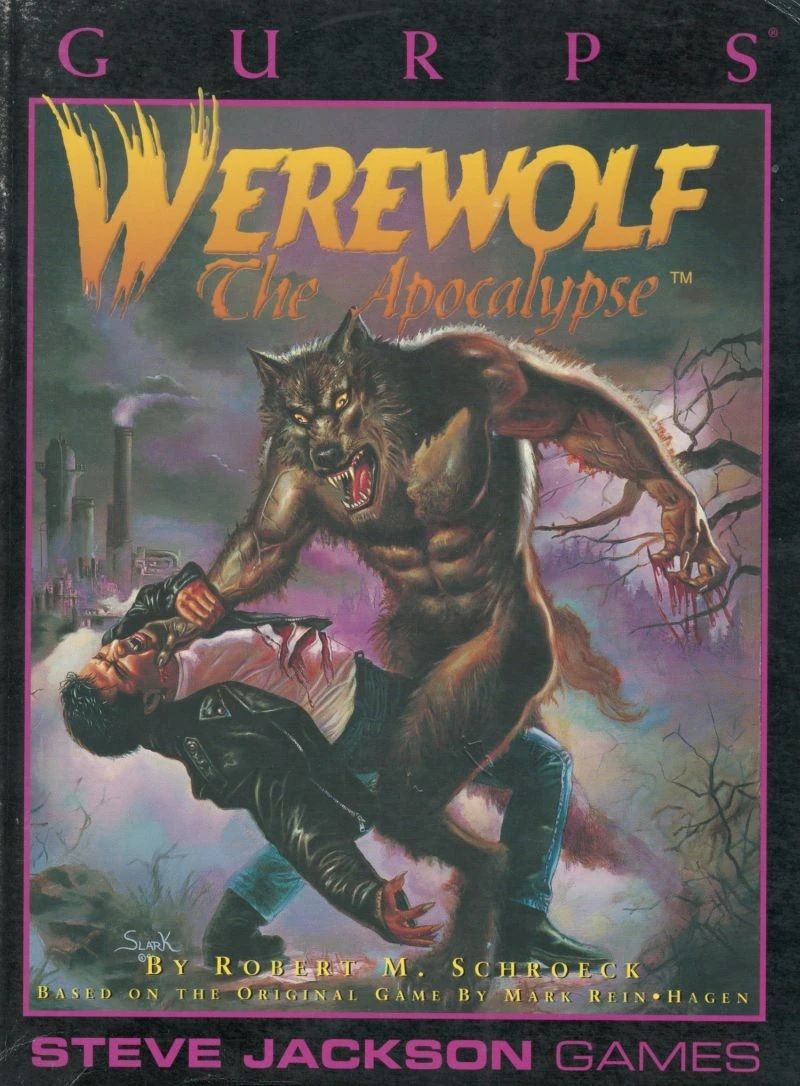
The games’ popularity sparked a fresh wave of Satanic Panic, and all the sensationalism spread its name even further. Werewolf: The Apocalypse tackles contemporary issues such as urban decay and environmental degradation, which heightened the worry among many alarmists.
Videogame companies were eager to tap into the developments in the pop culture realm. Capcom, in particular, worked with the owners of popular intellectual properties, such as the X-Men and Dungeons & Dragons, to create games in the 1990s. Werewolf: The Apocalypse became another project.
A vision of a plan
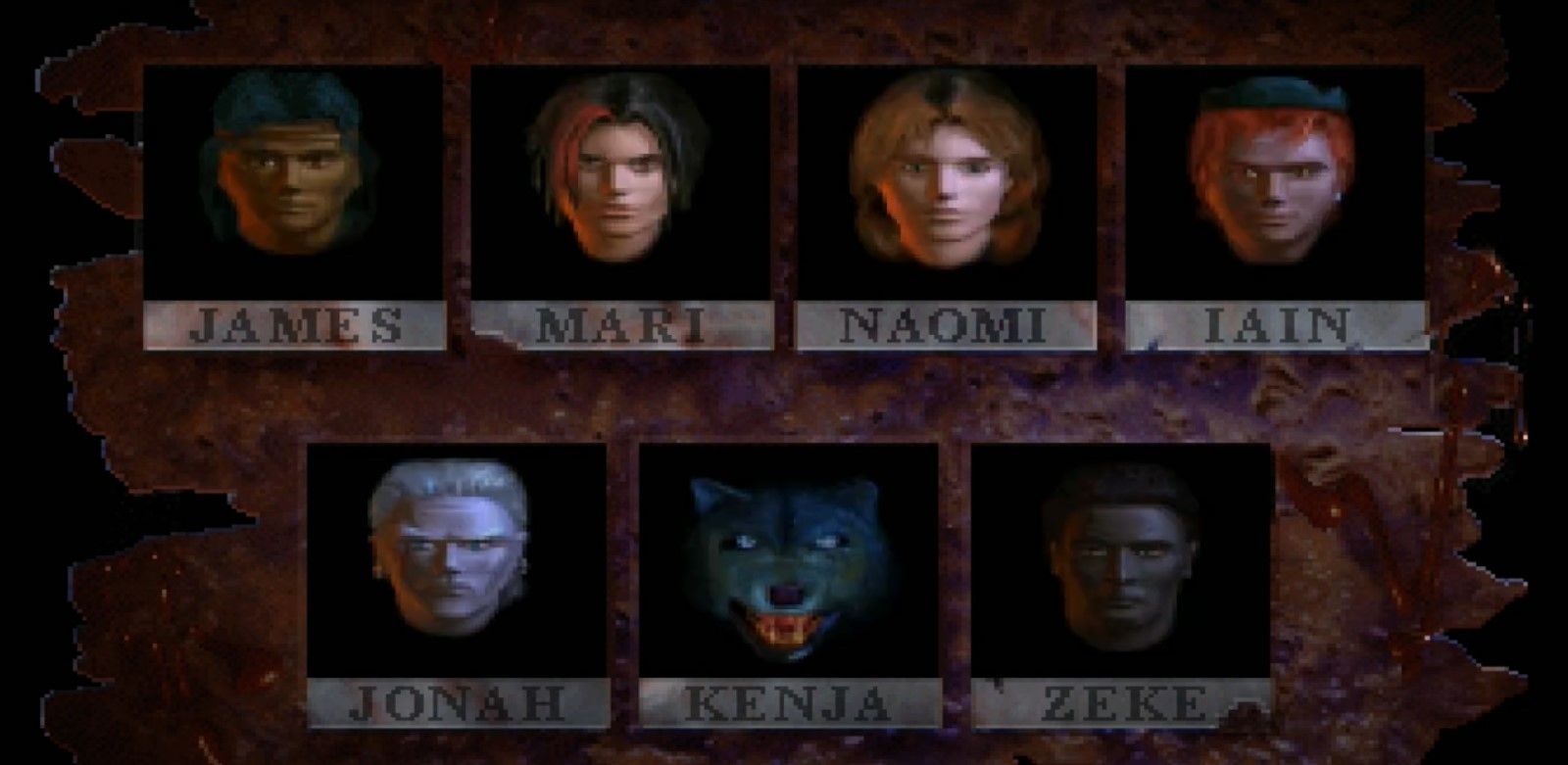
Capcom’s North American division worked on an action game set in the Werewolf: The Apocalypse universe in the mid-’90s. The player would be able to choose from seven playable characters, each with unique abilities. The roster of characters featured recognizable names such as Mari Cabrah. GamePro described the game after 1996’s E3 conference:
As a creature of the night, you journey through six worlds from an overhead perspective, with multiple gameplay paths providing extensive replay. Rendered graphics feature hundreds of gruesome enemies for you to feed on.
An isometric perspective would give the player a wide vantage point as their character slashed their way through enemies. Players could shift to three different forms: human, wolf, and werewolf. Each form had its own characteristics, too.
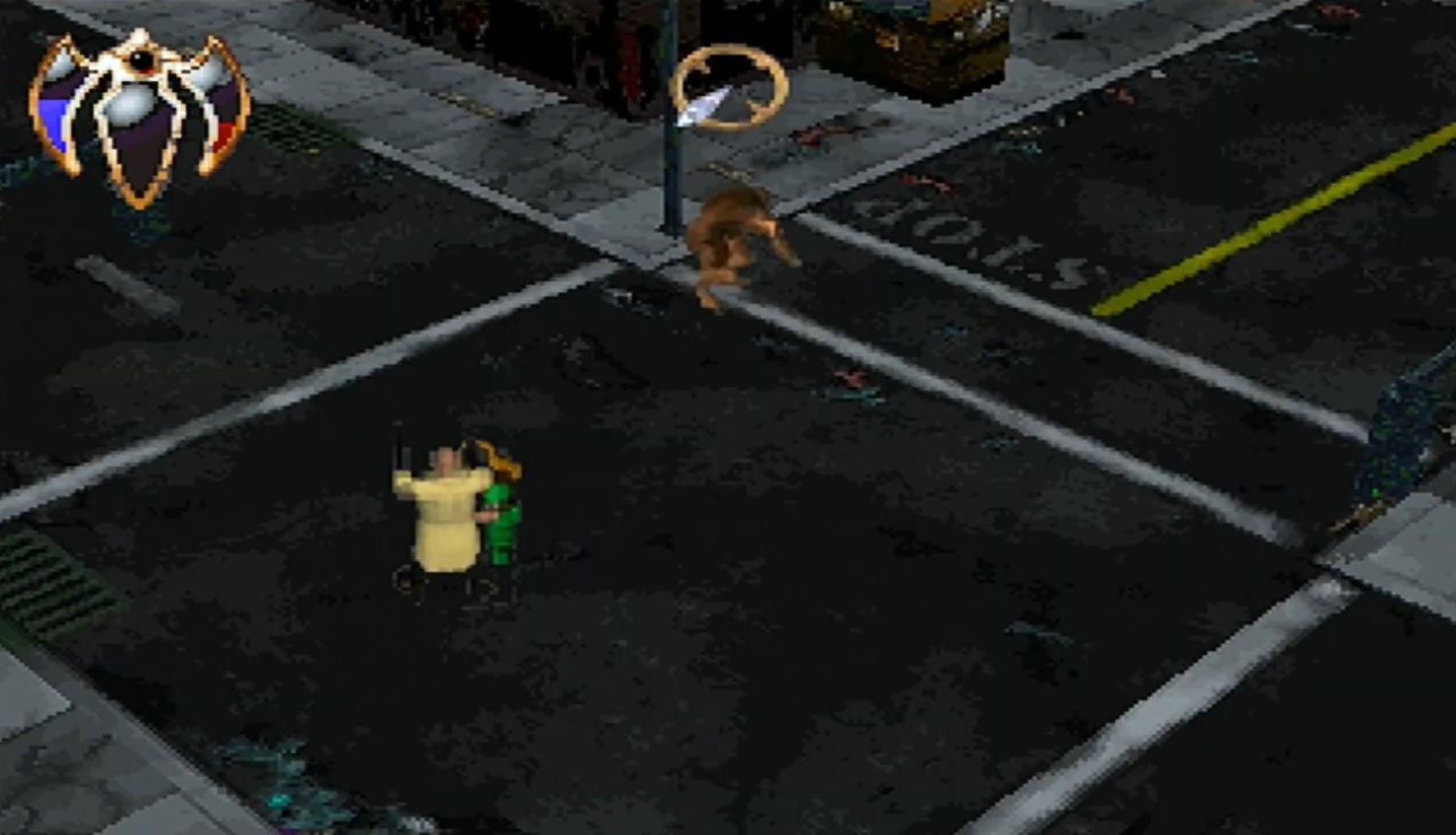
Capcom planned to release the single-player title for the original PlayStation and Sega Saturn. At first, the release period was the third quarter of 1996, then it slipped to September of that year, and then finally was targeted for the fourth quarter of 1996, before joining the scrap heap of cancelled games later that year.
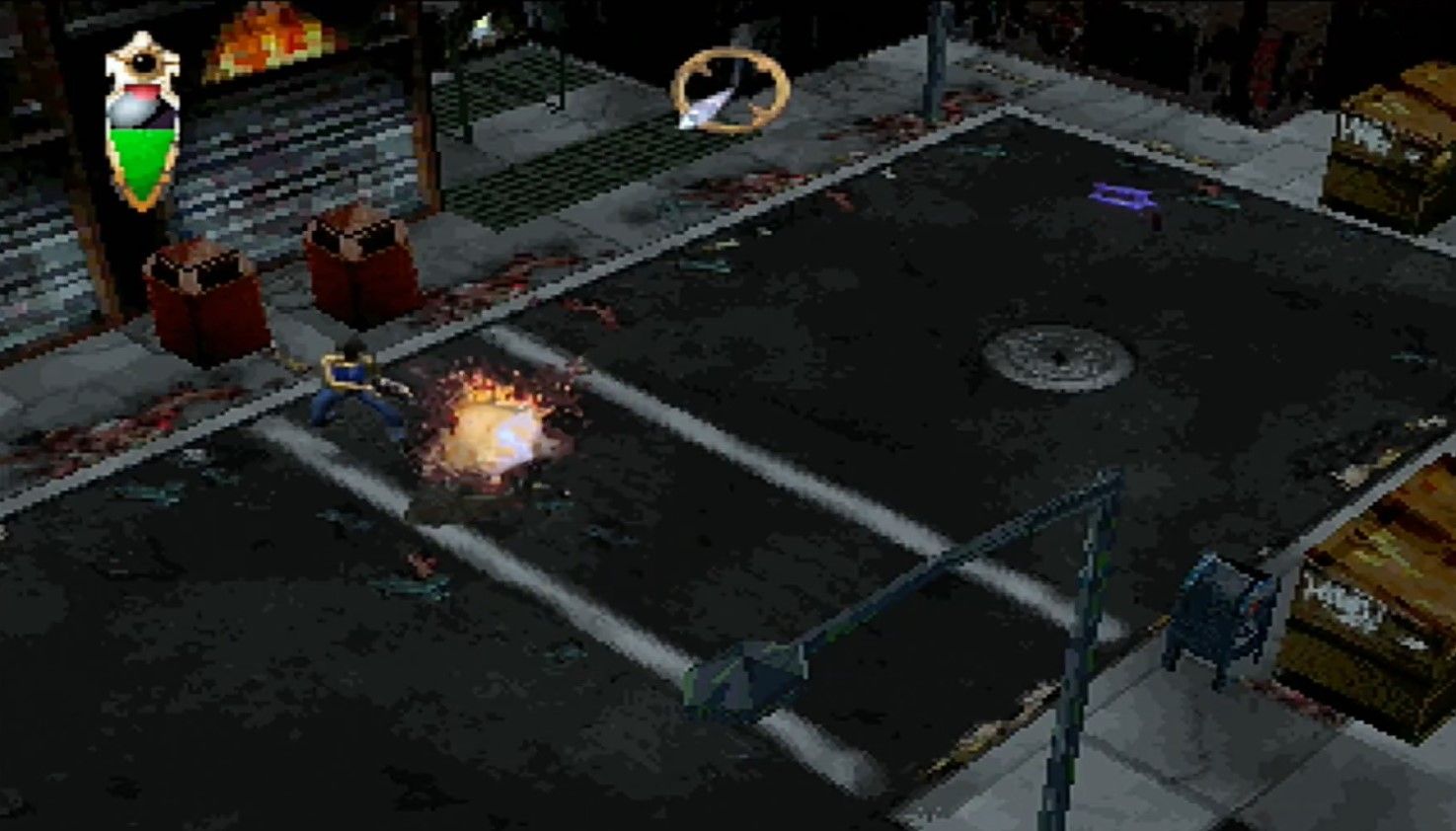
Views through a kaleidoscope
Did controversy kill off the project? The actual cause was much more complex. Werewolf’s development cycle grew because constant changes hampered its progress. In effect, what started out as an action game became an RPG at the end, and the pivot killed the project, as fans would later discover through a rough demo.
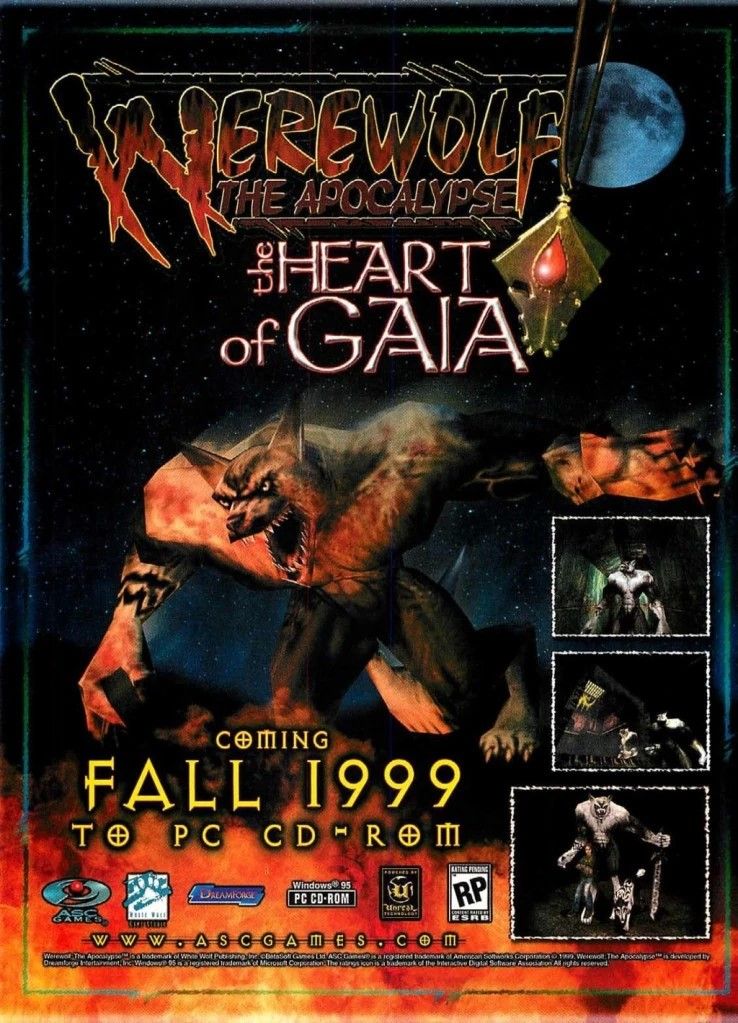
The cancellation didn’t spell the end of other efforts to bring the franchise to gamers. DreamForge Intertainment, the studio behind Sanitarium, worked on the PC title Werewolf: The Apocalypse – Heart of Gaia. ASC Games was the publisher. The development team chose to use the Unreal engine to bring the world to life. Mark Rein, then-vice-president of Epic, said of the project:
From a game design standpoint, ASC Games and DreamForge have taken on an extremely aggressive project that would be a tall task for any 3D game engine. However, we're excited that they have the confidence in the Unreal Engine as well as their own development resources to further the engine's capabilities and hopefully make Werewolf: The Apocalypse one of the most anticipated titles of 1999.
There was a strong desire to bring the spirit of tabletop experience into the new realm. One designer of the tabletop version, Travis Williams, was the video game’s executive producer. Phil Brucato, who had written for White Wolf in the past, also forged the story of Heart of Gaia. Its main character was Ryan McCullough, a teenage werewolf with the goal of exploring his cruel world.

Paths reach an exit
To drum up enthusiasm for Heart of Gaia, ASC Games published sections of a prequel story online (ten entries were in the pipeline). They also hosted various online dev talks. Soon, it became apparent the game would be an action game with an online multiplayer component. The early release date was Fall 1999.
On 7 January 2000, ASC Games went out of business. DreamForge Intertainment tried to continue development on the project further, even without financial backing, but the expenditures forced it into bankruptcy only a year later. In the end, it was so late in development that almost all the cinematics were complete.
Werewolf: The Apocalypse looked like a cursed property for many years. The streak ended in 2020, when Werewolf: The Apocalypse – Heart of the Forest, a visual novel by Different Tales, came to various platforms. Cyanide Studio’s action game, Werewolf: The Apocalypse – Earthblood, arrived on PCs and consoles only about a year later.
The Werewolf franchise’s presence in the video gaming realm is a recent development. In the meantime, Vampire: The Masquerade had received adaptations in 2000 and 2004, along with several more recent ones, as well as the Hunter: The Reckoning titles. This means video games have still only explored a section of the expansive World of Darkness. Will there ever be another developer who tries to take on this IP? Only time will tell, but you never know what will happen on the full moon.
